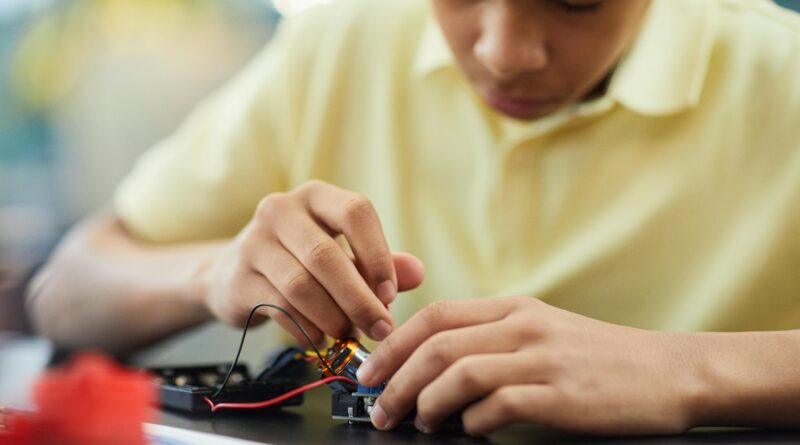Atlas robot single AI model masters human movements
The new Atlas robot single AI model represents a significant leap in robotics, developed by Boston Dynamics in collaboration with the Toyota Research Institute (TRI). This groundbreaking approach allows the humanoid robot to perform complex tasks like walking and grabbing objects using just one unified AI, a major shift from traditional methods that required separate models for different functions.
Previously, robots like Atlas relied on distinct AI models for locomotion and manipulation. However, this new system integrates both, enabling more natural and fluid movements. The model essentially treats Atlas’s feet as additional hands, creating a more holistic understanding of its body and environment. Consequently, this leads to more efficient and humanlike actions when completing tasks.
How the Generalist Model Works
The Atlas robot single AI model is fed a variety of data, including images from its visual sensors, proprioception data for spatial awareness, and language prompts. It learns from a range of examples, such as teleoperation, simulations, and demonstration videos. This large behavior model (LBM) allows Atlas to reposition its legs for balance while reaching for an item, much like a person would.
Perhaps most impressively, the system is showing emergent behaviors—skills it was not explicitly trained for. For instance, when Atlas drops an item, it instinctively demonstrates a ‘recovery’ skill by bending down to pick it up. This hints at a deeper, more generalized understanding of its objectives. Key features include:
- Unified control for arms and legs.
- Learning from diverse data sources.
- Emergent skills like item recovery.
A ‘ChatGPT Moment’ for Robotics?
Experts are comparing this development to the advancements seen in large language models (LLMs) like ChatGPT. Just as LLMs developed unexpected abilities from vast text data, researchers hope this strategy will unlock new, surprising skills in robots. The progress with the Atlas robot single AI model suggests that robotics may be nearing an inflection point, leading to more capable and adaptable machines.
This breakthrough is a major step toward creating robots that can operate in messy, real-world environments and quickly learn new skills without extensive retraining. As noted by experts at Boston Dynamics, the coordination of legs and arms under one model is a significant challenge that has now been overcome, paving the way for more versatile humanoid robots in the future.
